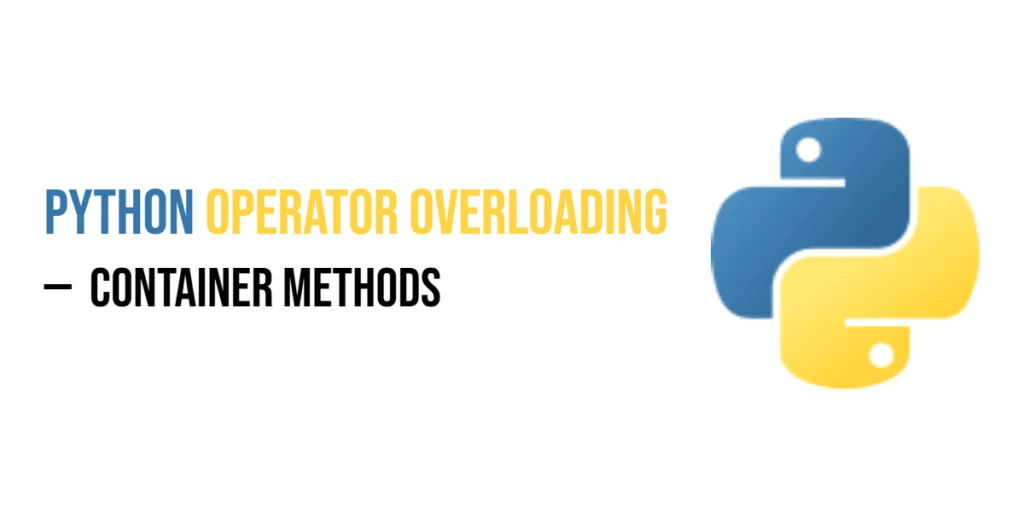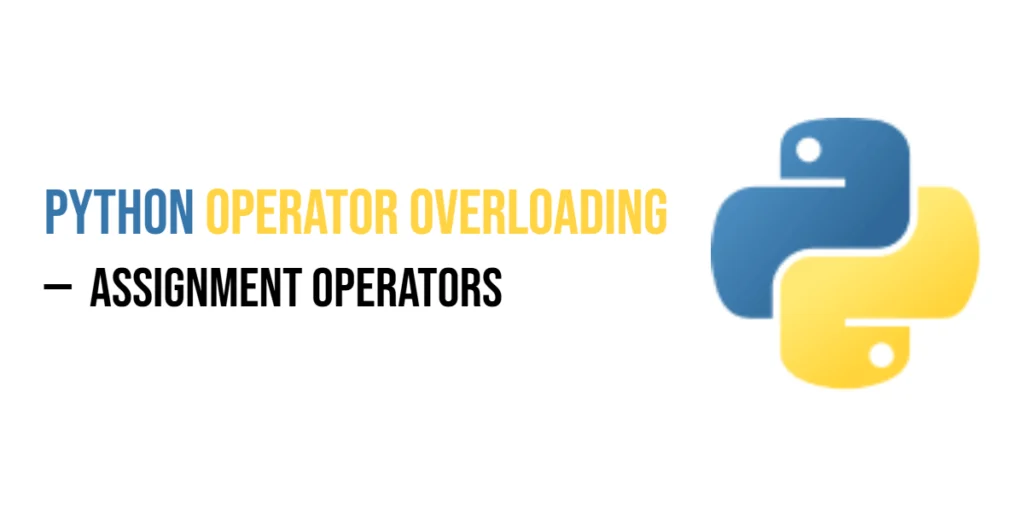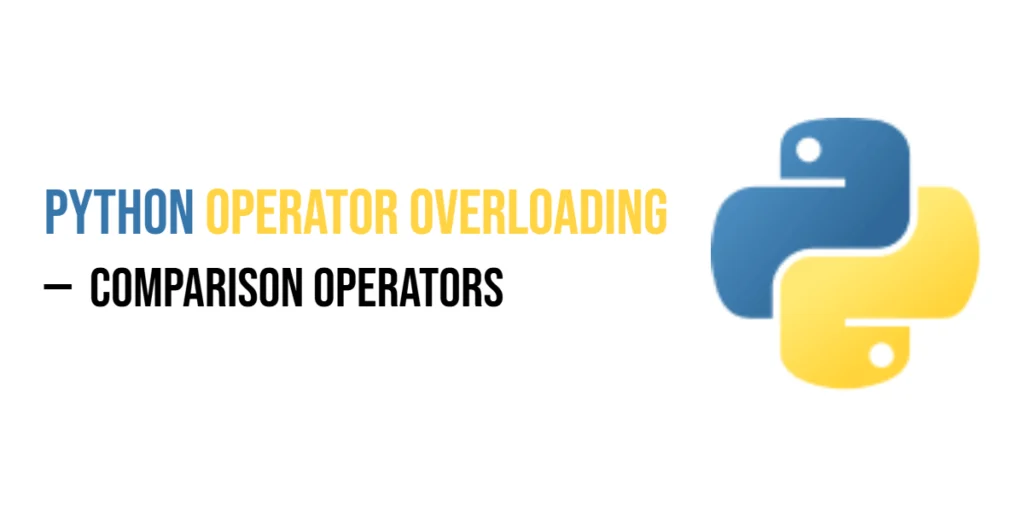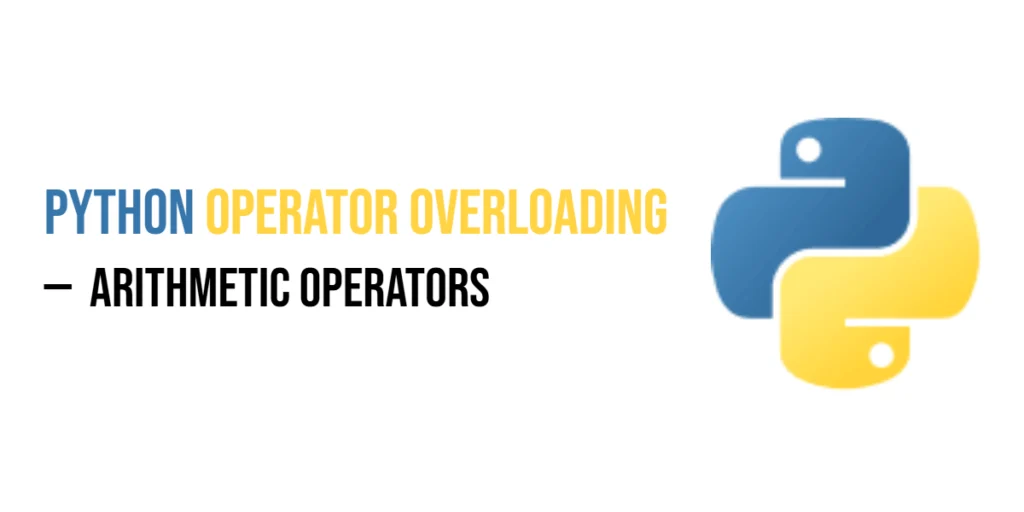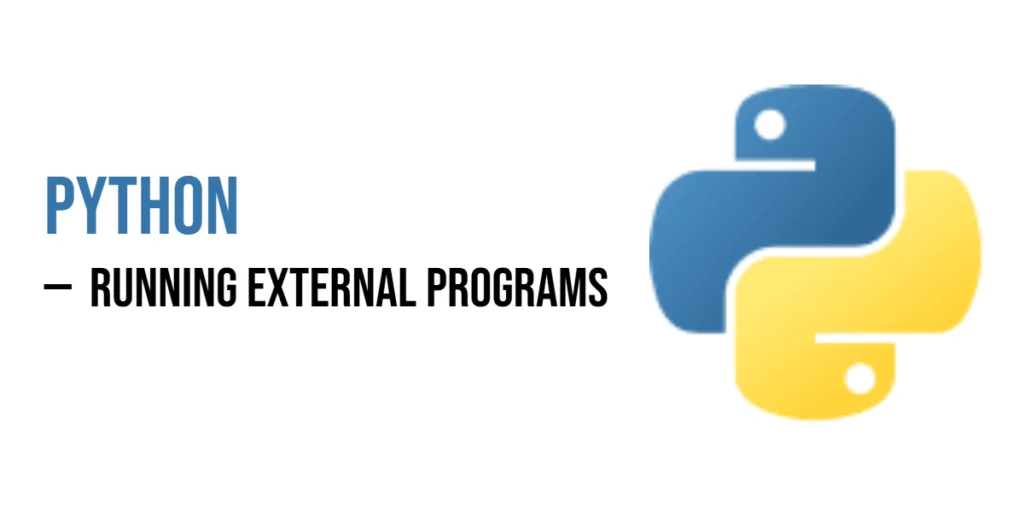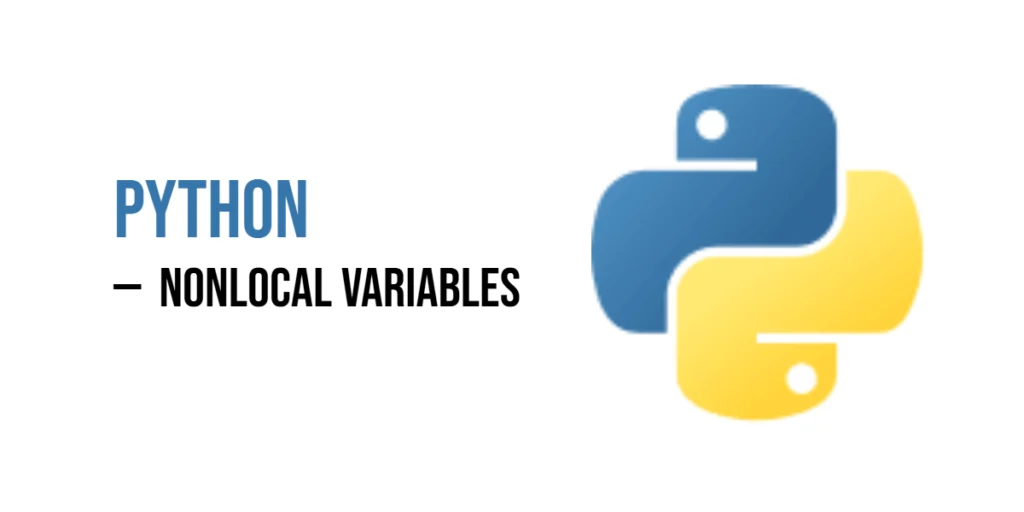Python: Getting CPU Core Count
Knowing how many CPU cores your computer has can be very helpful. It lets your programs use all the available power to run tasks faster and smarter. For example, if you want to run several tasks at the same time, it’s good to know how many cores you can use. Luckily, Python makes this easy. […]
Python: Getting CPU Core Count Read More »


